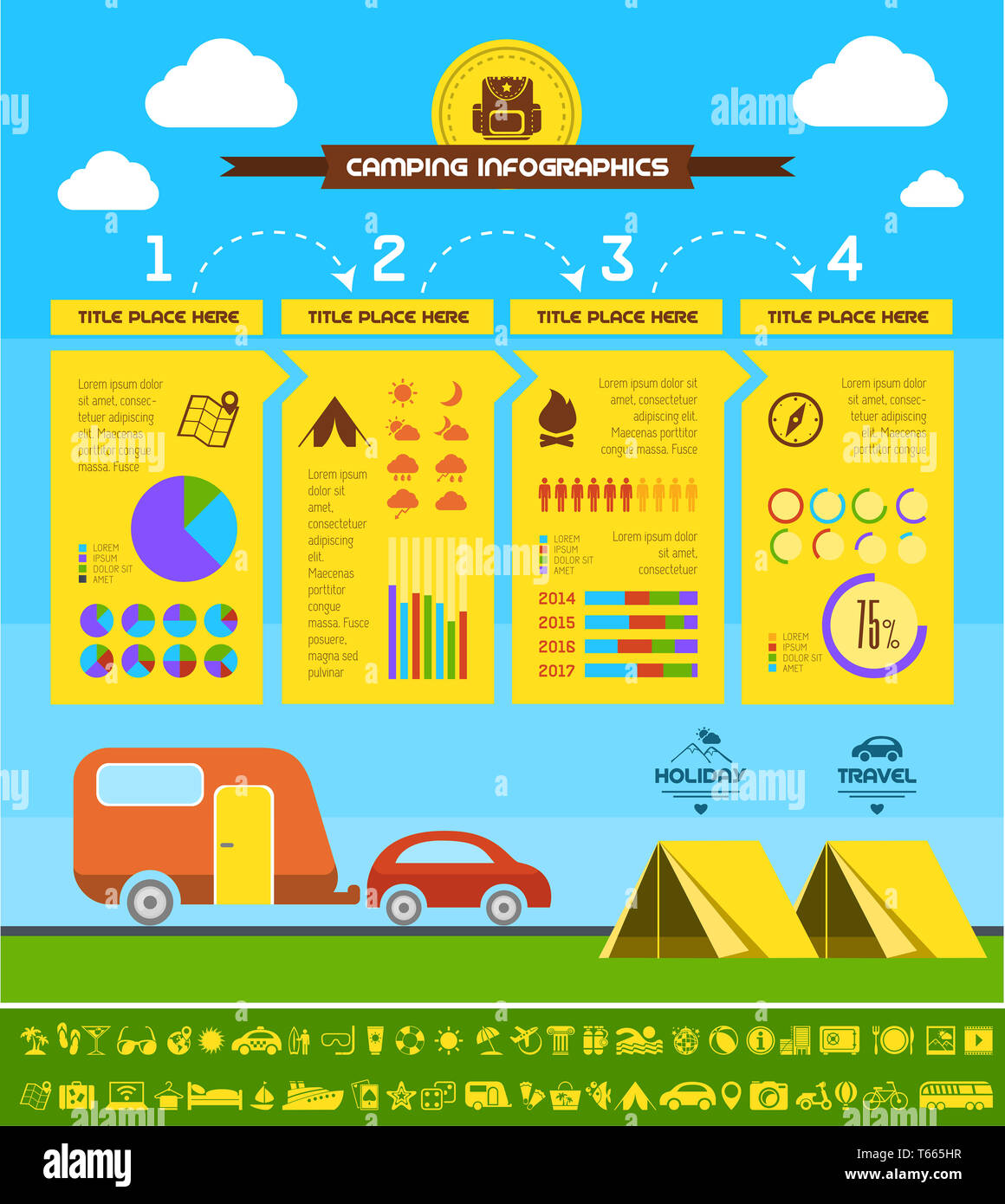Bell camping tents are coming to be increasingly prominent as functional, fashionable shelters for camping and glamping. However what's the background behind this long-lasting style?
How many meters is a 6 man tent?
Henry Hopkins Sibley patented the single-pole conelike tent that we know as a bell tent. Nevertheless, he defected to the Confederacy and never ever got his aristocracies.
Inevitably, somebody else added short walls to the cone canopy and created what we currently called a bell outdoor tents.
Beginnings
The appeal of bell tents is growing, and they're now a staple at camping celebrations and as elegant yard hideaways. Their sizable interiors provide a flexible home from home atmosphere that's optimal for family members and teams of close friends, while the circular layout assists with stability in strong winds.
The design of the modern bell tent can be traced back to military camping tents utilized by European armies during the Crimean War in 1853-1856. Then, in America, a soldier called Henry Hopkins Sibley patented a similar structure that drew inspiration from American Tipis.
Both designs are still being used today. Nevertheless, Sibley camping tents differ from their more recent cousins in that they have side walls and a raised larger entrance. Sibley tents also rely on a single central post for assistance that makes them less complex to establish yet restricts setup choices.
Function
Bell camping tents' special shape and roomy interiors make them the perfect choice for a large range of outside activities. Whether you're hosting a backyard camping event, glamping at a remote all-natural hideaway or taking place a legendary fantasy-inspired experience, the flexibility of these camping tents guarantees that your experience will fit and fashionable.
The bell-shaped outdoor tents was initially patented in 1856 by Henry Hopkins Sibley, who had designed the layout after observing Indigenous American tipi camping tents. Nevertheless, he resigned from the US Military at the break out of the Civil War, forfeiting his rights to future aristocracies.
Ever since, the style has become a staple of several glamping experiences. These lavish camping tents typically feature plush bed linens and en-suite washrooms, providing campers the chance to enjoy nature without sacrificing convenience.
Style
In the modern day, bell tents have actually experienced a renewal in popularity, as people choose a much more immersive outside experience. They are used in a selection of settings, including outdoor camping, glamping, and occasions. Their distinct shape, sizable insides, and relatively very easy setting up make them a prominent choice for those looking for a sophisticated, historic flair to their exterior experiences.
The unique shape of a bell outdoor tents produces high ceilings and ample clearance, making it comfy to stand up in and walk around. Furthermore, the canvas tent with stove center post is not put near the entrance of the outdoor tents, enabling even more personal privacy and space inside the sanctuary.
The bell camping tent design traces back to an American soldier called Henry Hopkins Sibley, who was inspired by Indigenous American tipi tents when creating his variation of the bell tent in 1856. His style was a significant renovation over conventional army camping tents, which were challenging to move because of their complicated building and construction.
Materials
In modern-day times, Bell Tents are crafted from superior products that are developed for durable resilience. This is why they are a preferred option amongst leisure campers, festival-goers, and glampers alike.
In the 19th century, an US Military officer named Henry Hopkins Sibley adjusted conventional outdoors tents into what is currently referred to as the modern-day bell camping tent. He based his layout on Native American Tipi frameworks, adding brief walls to the main pole framework that made it more steady.
Today, polycotton canvas is a common material made use of in the building of bell outdoors tents. This blend of cotton and polyester supplies a large range of advantages, including breathability, premium weather resistance, and much easier upkeep than pure cotton canvas. This material is additionally resilient and abrasion-resistant. It is thicker than the majority of nylon fabrics, nonetheless, which can make it heavy and a lot more pricey than typical outdoors tents.
Modern day
In modern, the appeal of Bell Tents has taken off thanks to glamping sites and celebrations providing these spacious camping tents for pairs, groups and households to enjoy. The aesthetic allure and durability of these round outdoors tents are appealing to lots of campers.
Whether it be rainfall or wind, these tents hold their very own versus the elements. Normally, they're made with canvas that is dealt with to safeguard versus dampness, mildew and UV rays.
Is a tent necessary for camping?
It isn't clear precisely when these tents were developed, but it's extensively known that they're a variant of a Sibley tent - called after Henry Hopkins Sibley, that adapted the layout of the American Indian tipi. It is thought that whoever included short wall surfaces to Sibley's cone cover was accountable for the creation of the bell camping tent as we understand it today.
